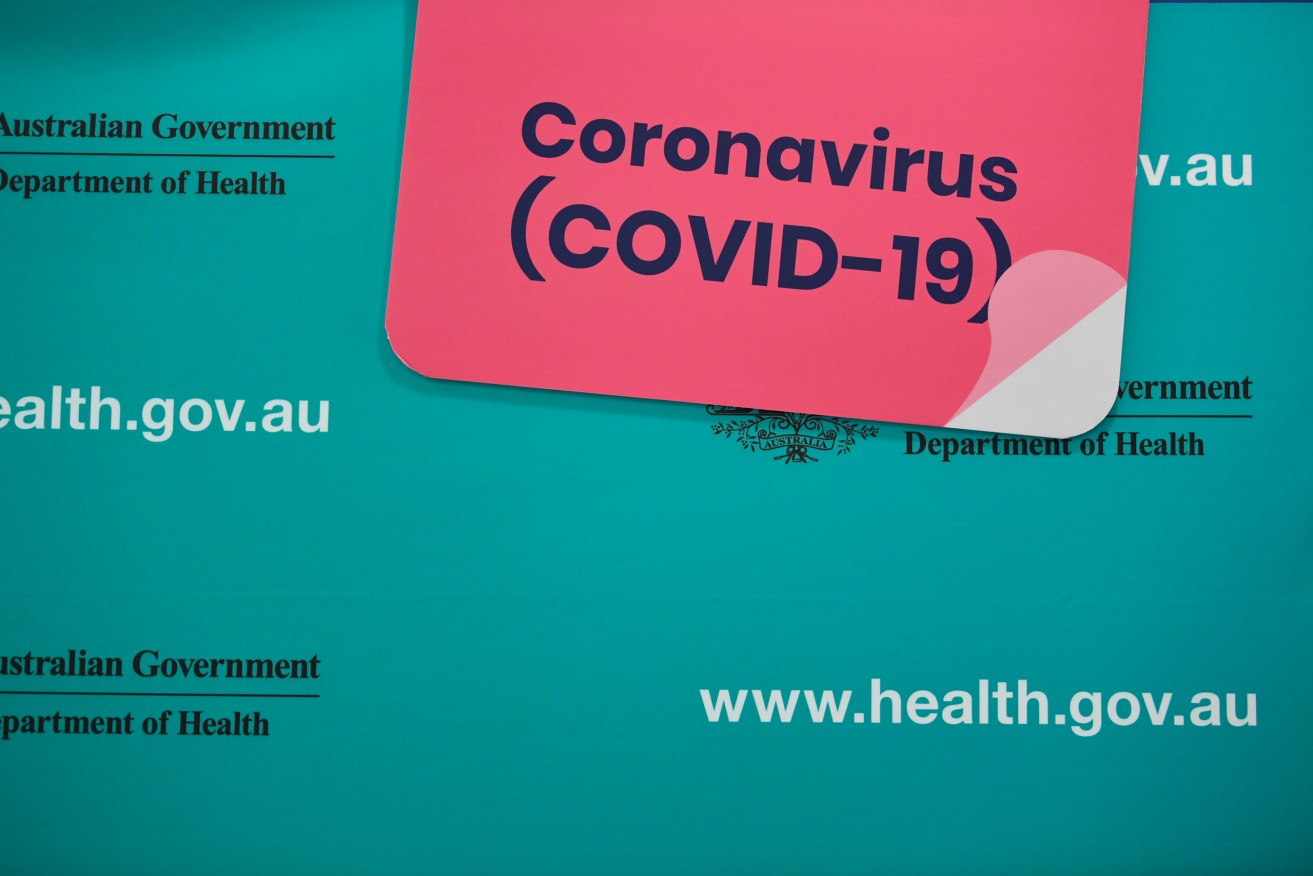Spelling out the need for clear public health messaging
Government website COVID-19 advice must be written in simple language to ensure more Australians can understand and follow it, argue Cath Ferguson, Margaret Kristin Merga and Stephen Winn.

Photo: AAP/Lukas Coch
Almost half of Australian adults struggle with reading. Similar levels of struggling readers are reported in the United Kingdom and United States.
This does not mean all struggling readers are illiterate. It means they often struggle to understand writing in a way required for broad participation in work, education and training, and society.
Our recent analysis of government information on COVID-19 found many documents were written in a way that is inaccessible to struggling readers.
If adults do not understand key health messages, they are unlikely to comply with health directives that can protect themselves and the rest of the population.
Difficulty with reading
There are many reasons adults can struggle with reading. They include English being their second language, having had long or many absences from school, home factors, student attitudes and engagement, school and systems factors, and learning difficulties and disabilities.
People who have difficulty reading information may miss out on key health messages about COVID-19.
This could lead to poor health outcomes for themselves and others. This is because many of the health messages, such as the importance of wearing a face mask and social distancing, require individual action for community benefit.
We analysed the content of online government documents (federal and Western Australian) related to COVID-19 to determine how hard this information was to read. We chose government pages because we expect them to provide reliable information.
The website pages we selected clearly indicated they were for the general public — such as a page with the heading “information and advice on the COVID-19 coronavirus for the community and businesses in Western Australia”.

Many health messages, such as the importance of wearing a face mask and social distancing, require individual action for community benefit.
Shutterstock
To be accessible to the general population documents should have a reading ability requirement of year 8. This means the health messages governments share should be understandable for someone in year 8 or lower in Australia.
What we found
We used an online readability checker to analyse the documents we accessed.
Readability scores are based on the number of words in a sentence, the number of syllables in the words and the number of sentences in the document.
The documents we analysed had an average readability of grade 13, which is very difficult to read for many adults. The range of readability scores was from grade 8 to grade 26.
Only two of the 52 documents could be read with relative ease, as these were assessed at grade 8. But no document in the set we analysed was easy to read. An easy-to-read document would have had a score of grade 6.
For example, here is a difficult sentence explaining what the public needs to know about moving from one phase of restrictions to another. It is from one of the government websites. The document from which it was taken scored at grade 24 (very difficult to read).
Phase 3 will be subject to health advice, but will focus on continuing to build stronger links within the community and include further resumption of commercial and recreational activities.
There are 29 words in the above sentence.
As you can see, it is quite a long sentence with a number of big words. Without losing its original meaning, the sentence can be simplified into 18 words.
Based on health advice, Phase 3 will include connecting with community, opening businesses and allowing some personal activities.
The words we used are more common and therefore more easy to understand. Words such as “resumption” may be too hard for many readers.
What does this mean?
Based on the sample of documents we assessed, it appears a lot of government-produced COVID-19 information is not easy to read. This means it is unlikely to be of much practical use.
Our findings suggest governments are failing to take into account that many adults struggle to read when they develop important online communications about the pandemic — and perhaps other health advice.
If those who create health messages don’t take into account that many adults struggle with reading, a large portion of the population misses out on information important for individual and public health.
We recommend readability checkers, now freely available on the internet, be used to check the grade level at which government documents are written.
Governments have a responsibility to share information so everyone can access it. They should not assume failure to comply with public health measures is always a choice. It’s possible the message simply hasn’t been received.
Cath Ferguson, Academic, Edith Cowan University; Margaret Kristin Merga, Senior Lecturer in Education, Edith Cowan University, and Stephen Winn, Professor, Executive Dean, School of Education, Edith Cowan University
This article is republished from The Conversation under a Creative Commons license. Read the original article.
![]()




